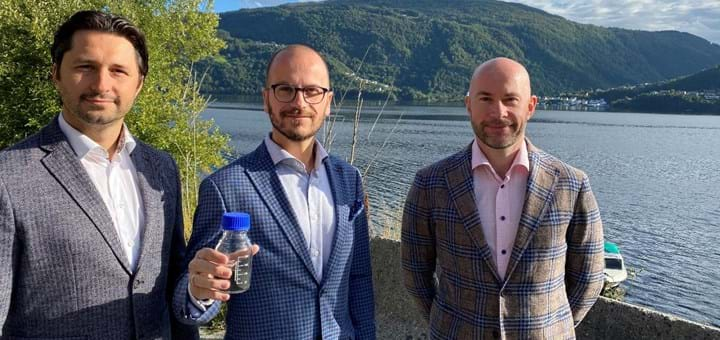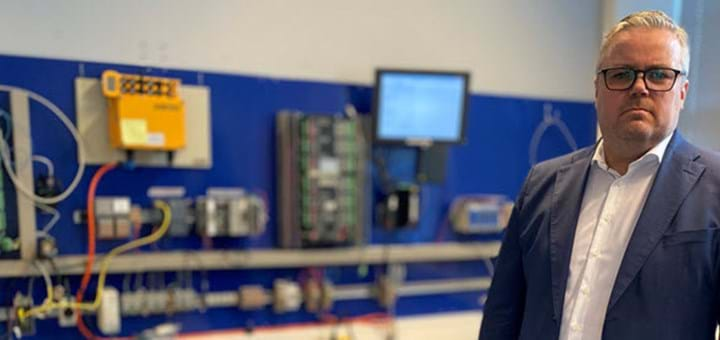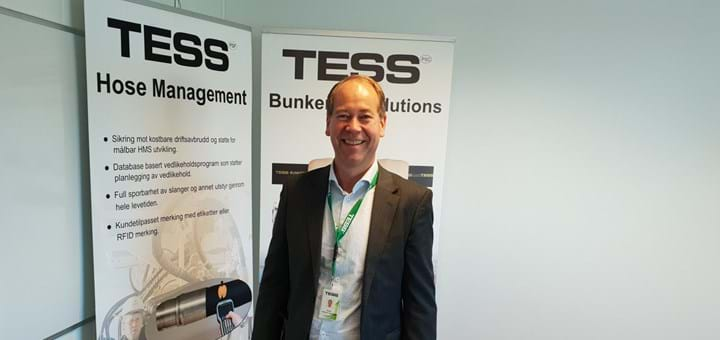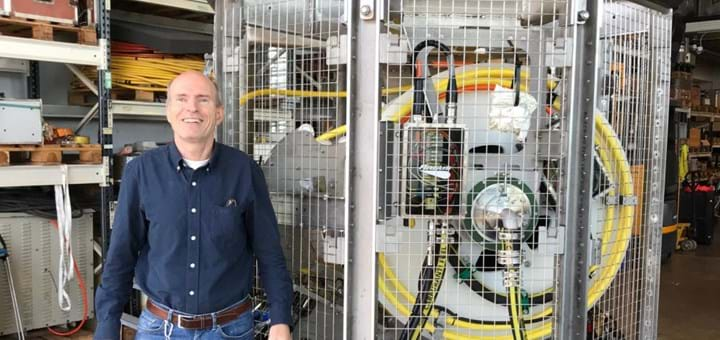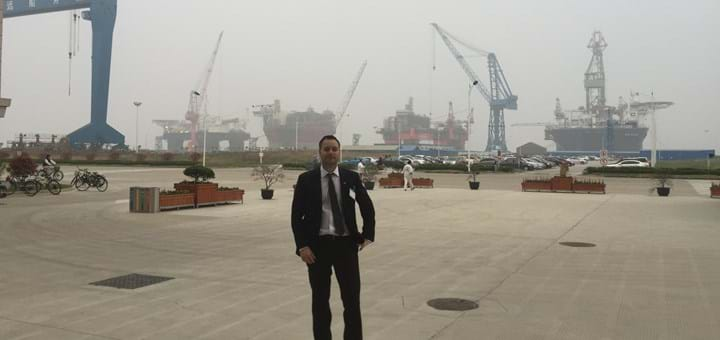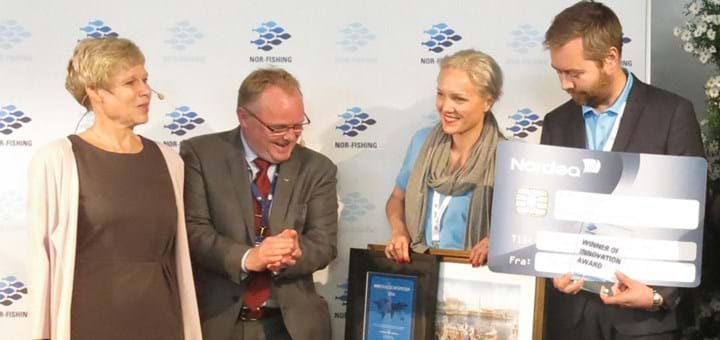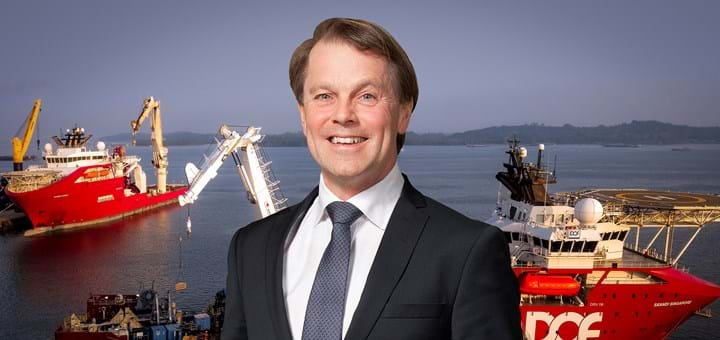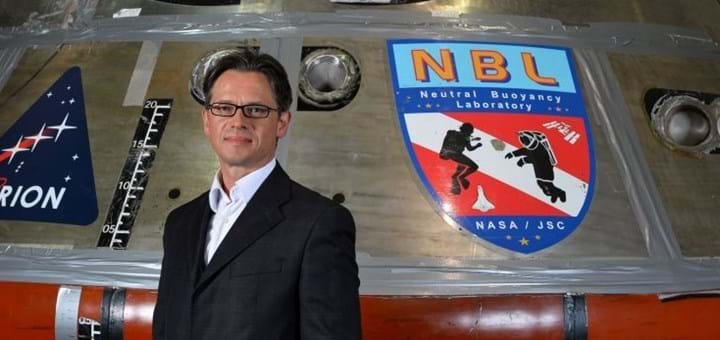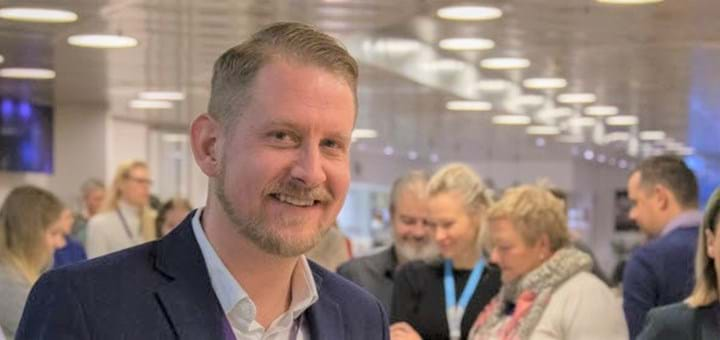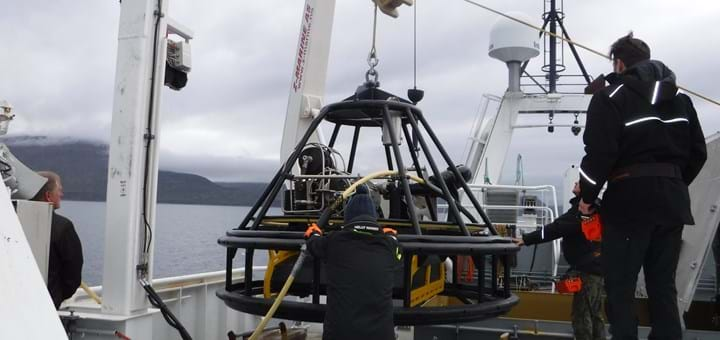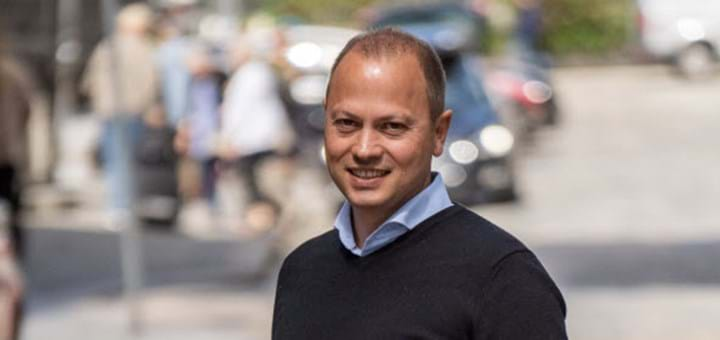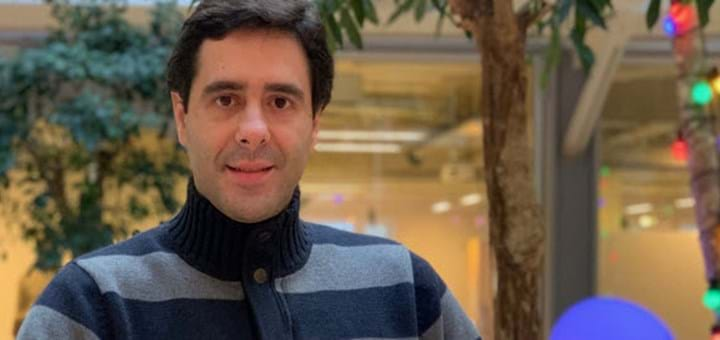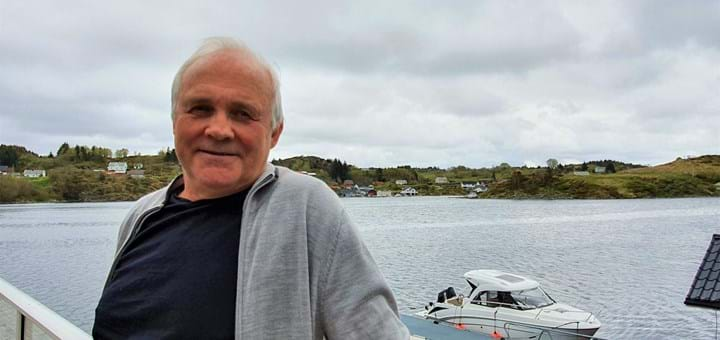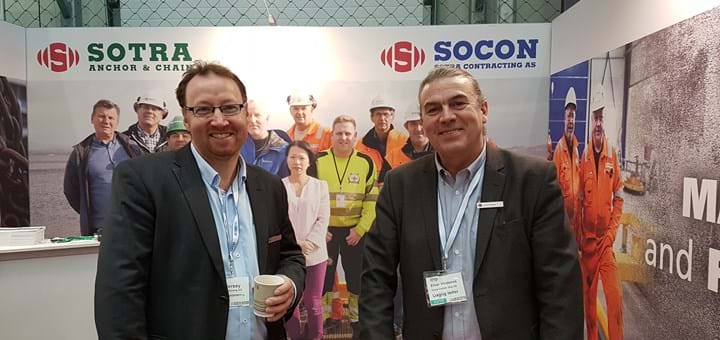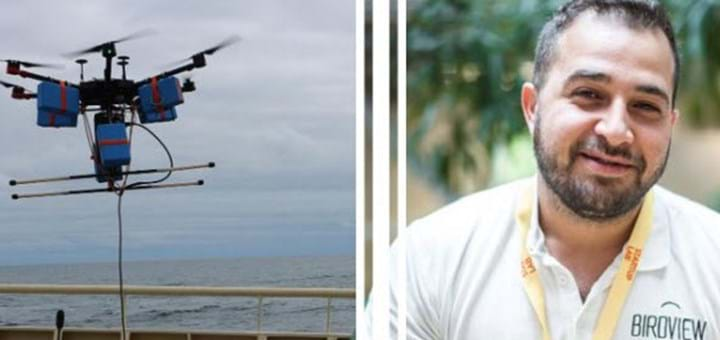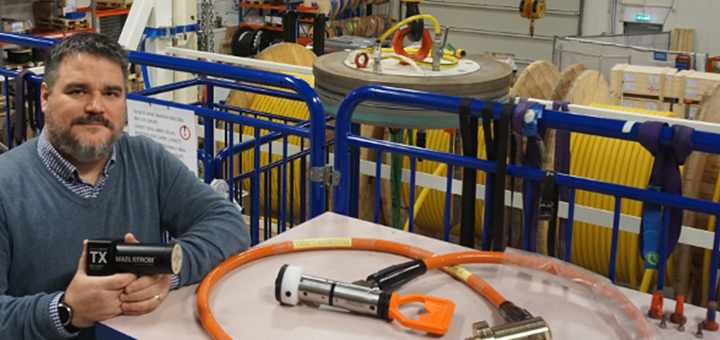Cluster Insight With Techni

Our biggest opportunity in the future is continuing with the digitization and electrification of industrial processes. It is almost 15 years since we started that strategy and it is proving to be more and more in line with the times, says Dag A. Hansen from Techni.
Cluster Insight is a column where we ask six questions to catch a glimpse into the daily business-lives of our cluster partners and members.
In a recent column, Jan Tore Tveranger from Entech sent the baton over to Techni, so this week, we spoke with Dag A. Hansen, to learn more about him and his work in Techni.
Techni AS was established in 1997 and has since then evolved to becoming a leading R&D consultancy.
1. What is your role in Techni?
Being the CEO, my job is taking responsibility for a wide array of functions, ranging from administration, quality control, strategy and sales.
My historic jobs ranges from drilling and service, but the last 23 years I have been involved in technology development and innovation, and from there it follows that my favorite role is being involved in tech strategy, concept development and industrial ventures.
2. Your main focus at work right now is?
We are currently developing several new technologies ranging from subsea robotics to downhole sensors, but the most exciting prospective now is industrialization of the electrification of well control that we do with prominent E&P and oil service companies.
We recently received a grant from the Demo2000 program to finalize the test programs we need to be ready for installation in live wells. My main focus now, is to make sure the program is a success, and will be able to go to market in 2021 and onwards.
3. Biggest challenges and opportunities for Techni in the future?
The biggest challenge right now is that investor environments are pushing the “doubly-green”, stating that only renewables are worth peoples funding money.
We see the venture capitalists lowering their interest in start-ups outside that doubly-green area, which is killing a lot of good initiatives to do environmentally friendly technologies around us.
Let’s for instance calculate what it would mean for the global environment to change all oil well production facilities to run on renewable energy like hydro or sun power and rate it against establishing more land wind parks in Norway.
Our biggest opportunity in the future is continuing with the digitization and electrification of industrial processes. It is almost 15 years since we started that strategy and it is proving to be more and more in line with the times. Finally!
4. Best part of being member in a cluster
The meetings venues, information exchange, conference support and assistance in finding partners, opportunities and R&D funding.
We are also a company full of people that stresses the value of togetherness, all in a good mix of clients, partners and competitors.
5. Your business motto
Sense – Think – Act! Make products work.
6. Which cluster member should we interview next?
Thank you for the insight Dag.
Contact Information
Kjersti Boge Christensen
Communication Manager





